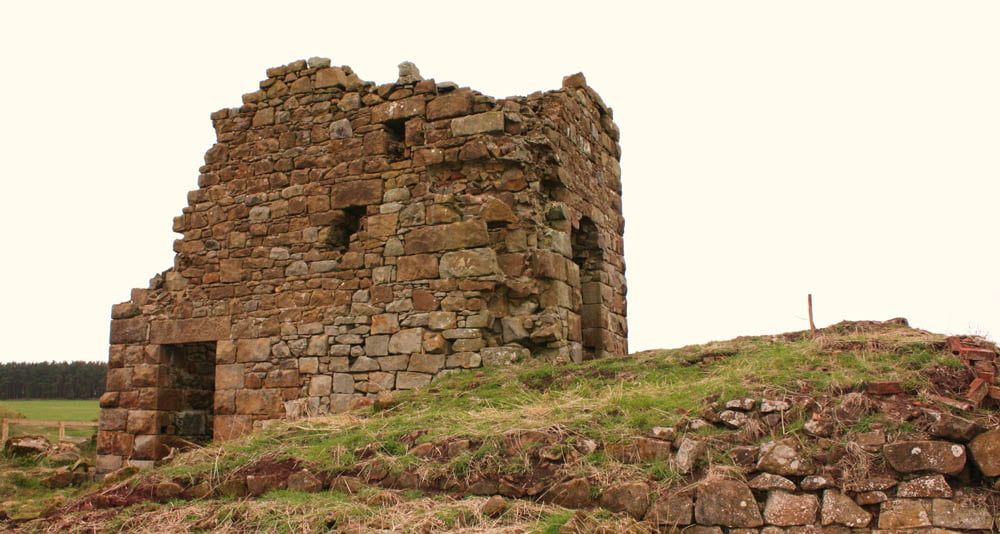
In operation since at least the 17th century, Ford Moss Colliery was the industrial heartland of Ford Estate for over two hundred years.
This area was once home to a sizeable community, with the 1880s seeing over 100 people employed at the mine, and around 32 cottages in the surrounding colliery village. Those who lived and worked here were well-known across the wider estate – their faces are amongst those that adorn the walls of the Lady Waterford Hall. Louisa Anne, Marchioness of Waterford, was fond of the miners and their way of life.
However, like so many other small collieries of the time, business significantly declined with the expansion of the railways that brought cheaper coal to the area. Ford Moss Colliery closed around the time of the First World War and the mining village quickly fell into ruin.
Walking around Ford Moss today, the ruins of the chimney, engine house and the stone-lined mine shafts still remain.
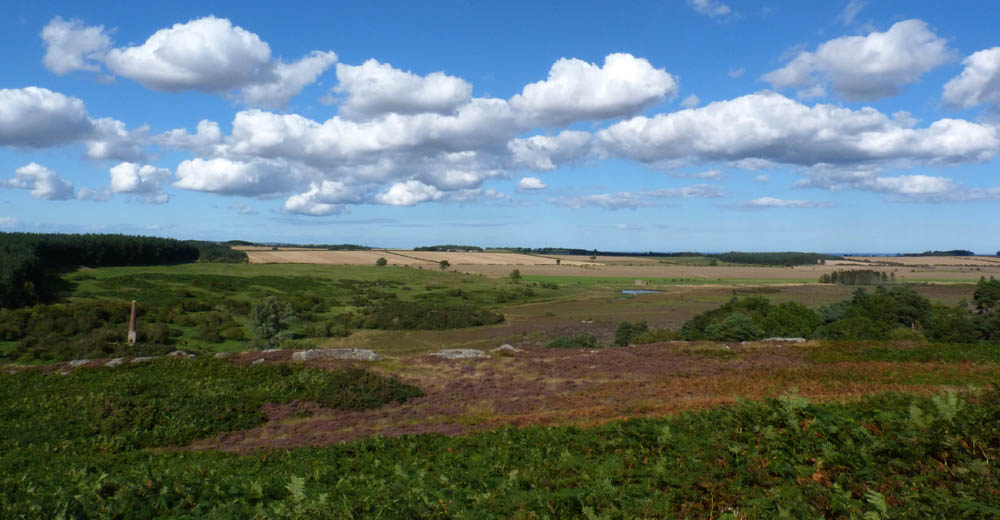
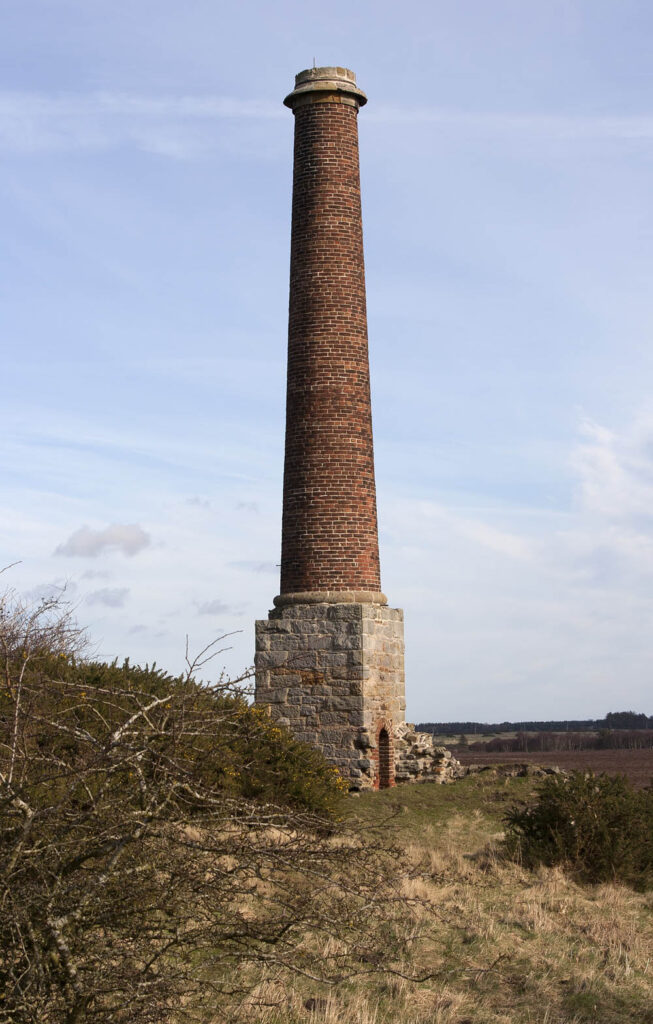
You can still see clumps of rhubarb plants that once grew in the cottage gardens of the mining community. Can you spot them?
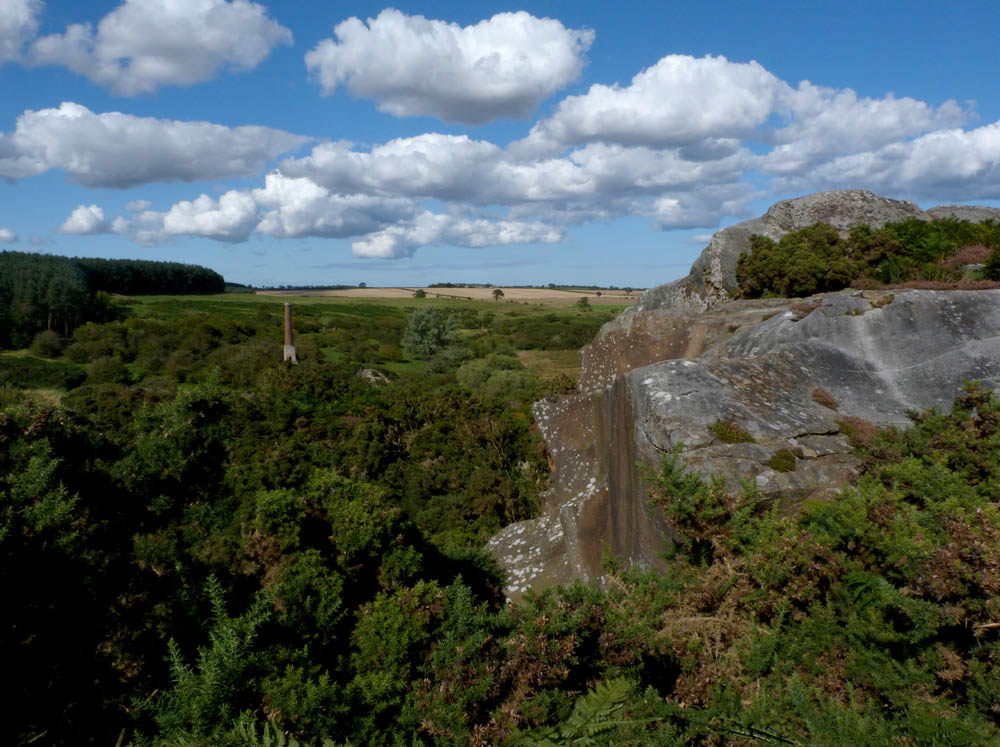
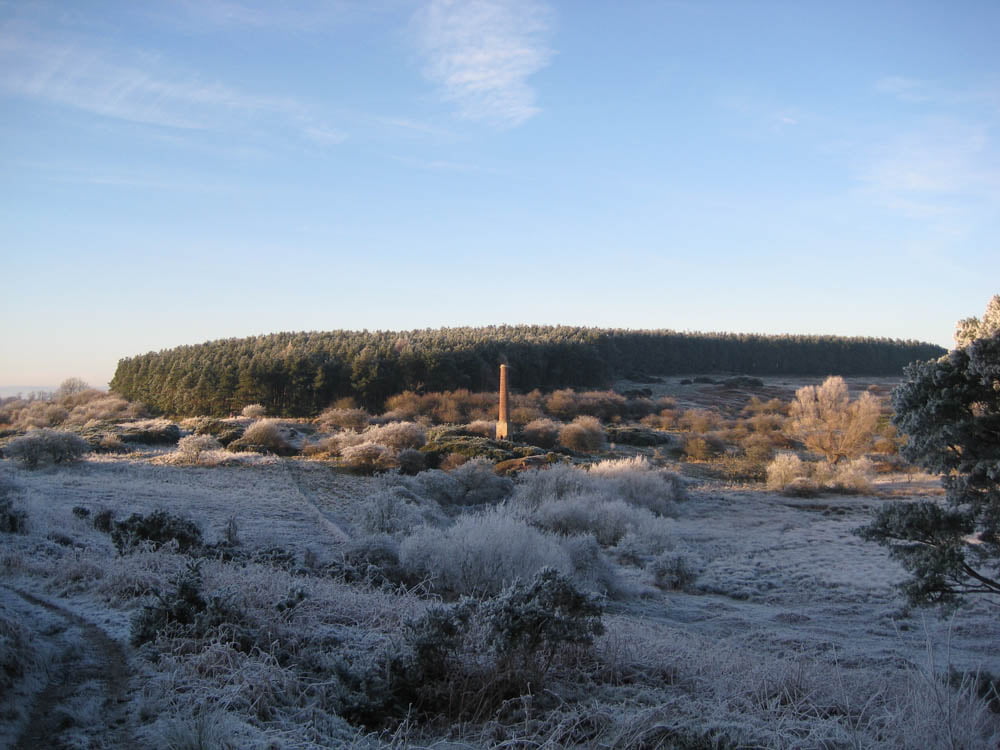
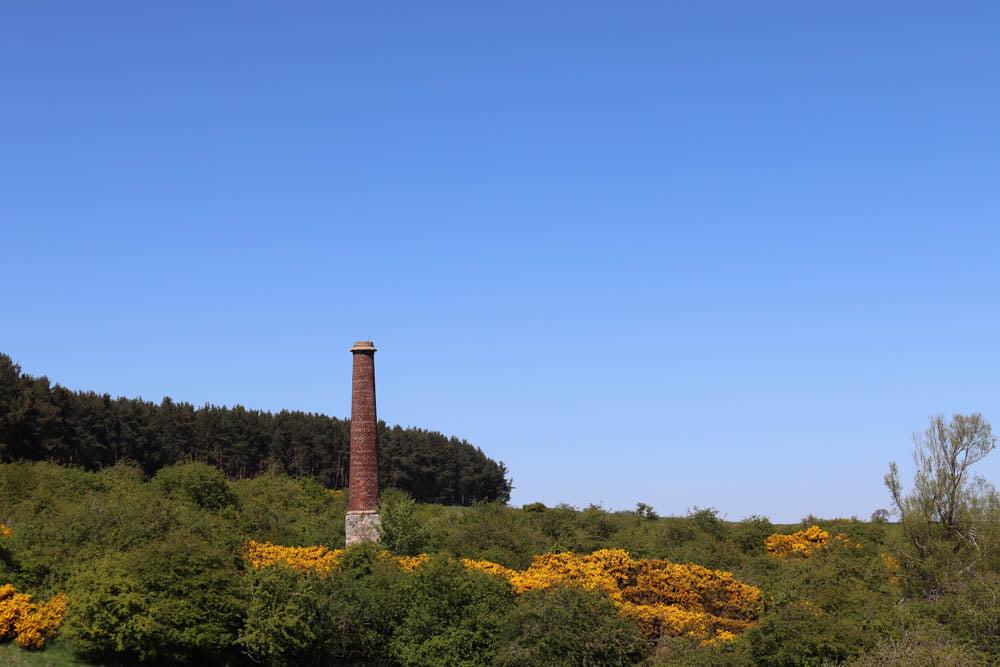
switch website